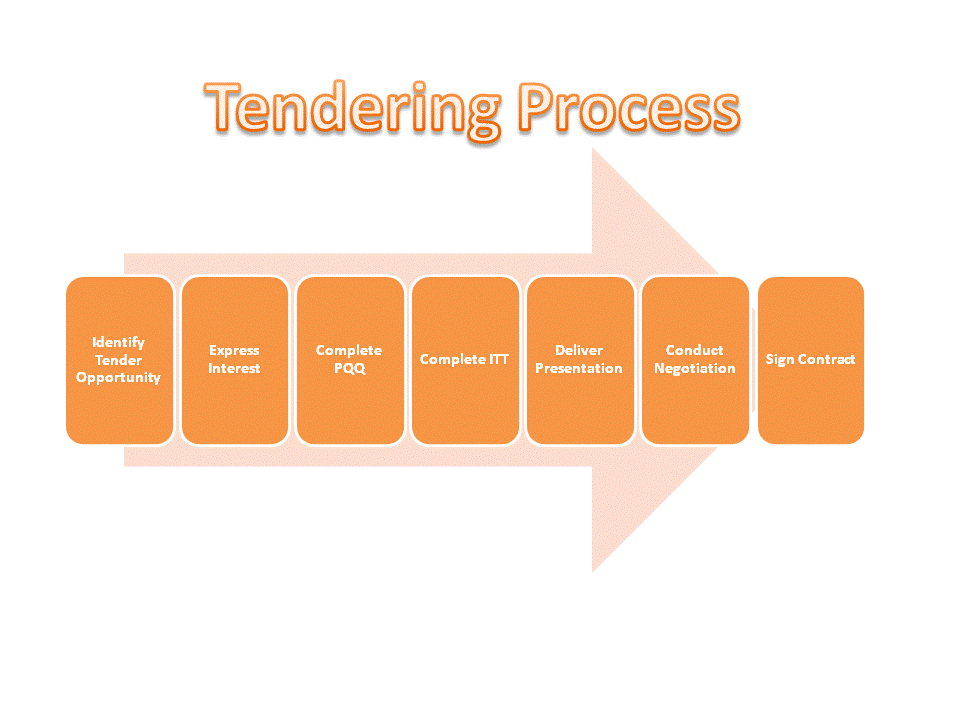When I work with businesses, providing help with tenders, people often ask me how the tendering process works.

There are, of course, two ways of addressing this. Firstly, how organisations go out to tender for a particular product or service they require. Secondly, how a business will approach the task of responding to a tender. Of course, in order to successfully achieve the second you need to understand the first, and this is variable. It depends, for example, on whether the tender is for a contract for the supply of a service, or simply to enter a framework agreement, with no guarantee of business.
Organisations going out to tender will start by advertising the tender. This is likely to get picked up by tender alert websites, who will alert those of their subscribers who are interested in this type of contract. A timetable for the tender process will be published with the contract details. This will include a deadline for response – usually described as an “expression of interest”. From this information companies interested in bidding will be given instructions as to how to proceed. This may be to contact the organisation to request the tender documentation, or it may be to register online.
The next stage may be a PQQ (Pre-qualification Questionnaire) or an ITT (Invitation To Tender). A PQQ will be designed to narrow the number of companies bidding down to a short list. An ITT will request a financial proposal of some description.
Having been through the ITT part of the process the dialogue will probably become direct, and may involve a presentation and negotiation.
For more on this topic see Tender Terminology.